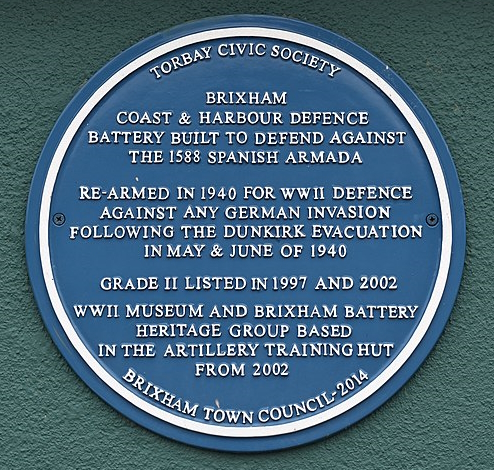
The Spanish Armada to William of Orange
Battery Gardens is one of Brixham’s environmental and historic assets, rich in panoramic views, scenic beauty and a traditional observation point for Brixham trawler races, both past and present.
It is known that as far back as 1586 a gun platform was established in the grounds in response to the threat of attack from Spain (which came with the Armada two years later). This was maintained until 1664.
The battery was next activated on November 5th 1688 when William III and his army landed and camped on Furzeham Common. Guns were positioned to protect the fleet, the town, and to cover the road from Paignton.
American War of Independence
During the period from 1776 – 1890, the battery was known variously as Furzdon, Furzeham, Furzham, Furzedown and Fishcombe Point. During the end of the eighteenth century, Brixham was the revictuling station for the western approach of the Royal Navy. As such it was a very necessary port for the Navy, especially during the American War of Independence.
When France joined America in 1778 and Spain in 1779, the Board of Ordnance decided that, along with other naval stations along the south coast of England, Brixham was to be protected by gun emplacements.
Battery Gardens was to be the most westerly battery covering the harbour. The militia were to prepare the positions and the guns, 24-pounders, arrived in May 1780 at the same time as the Berry Head guns (the site of a Napoleonic fort a little along from Battery Gardens). The land having been commandeered, compensation was paid in 1783 at the end of hostilities.
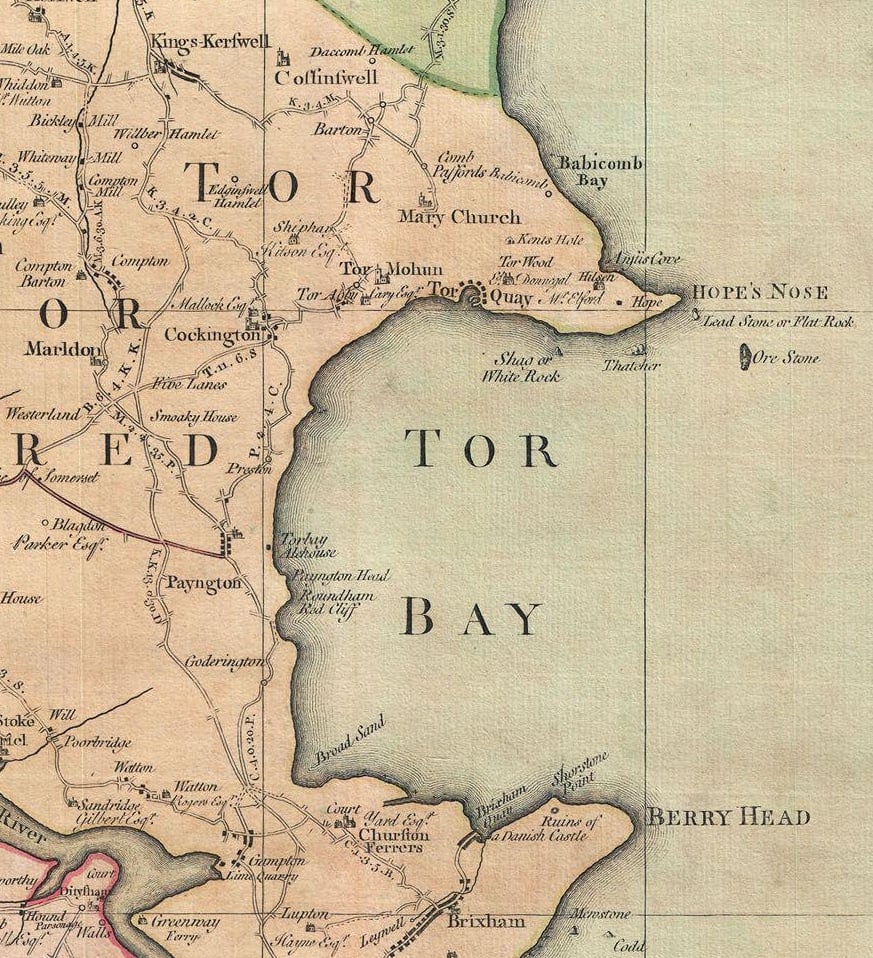
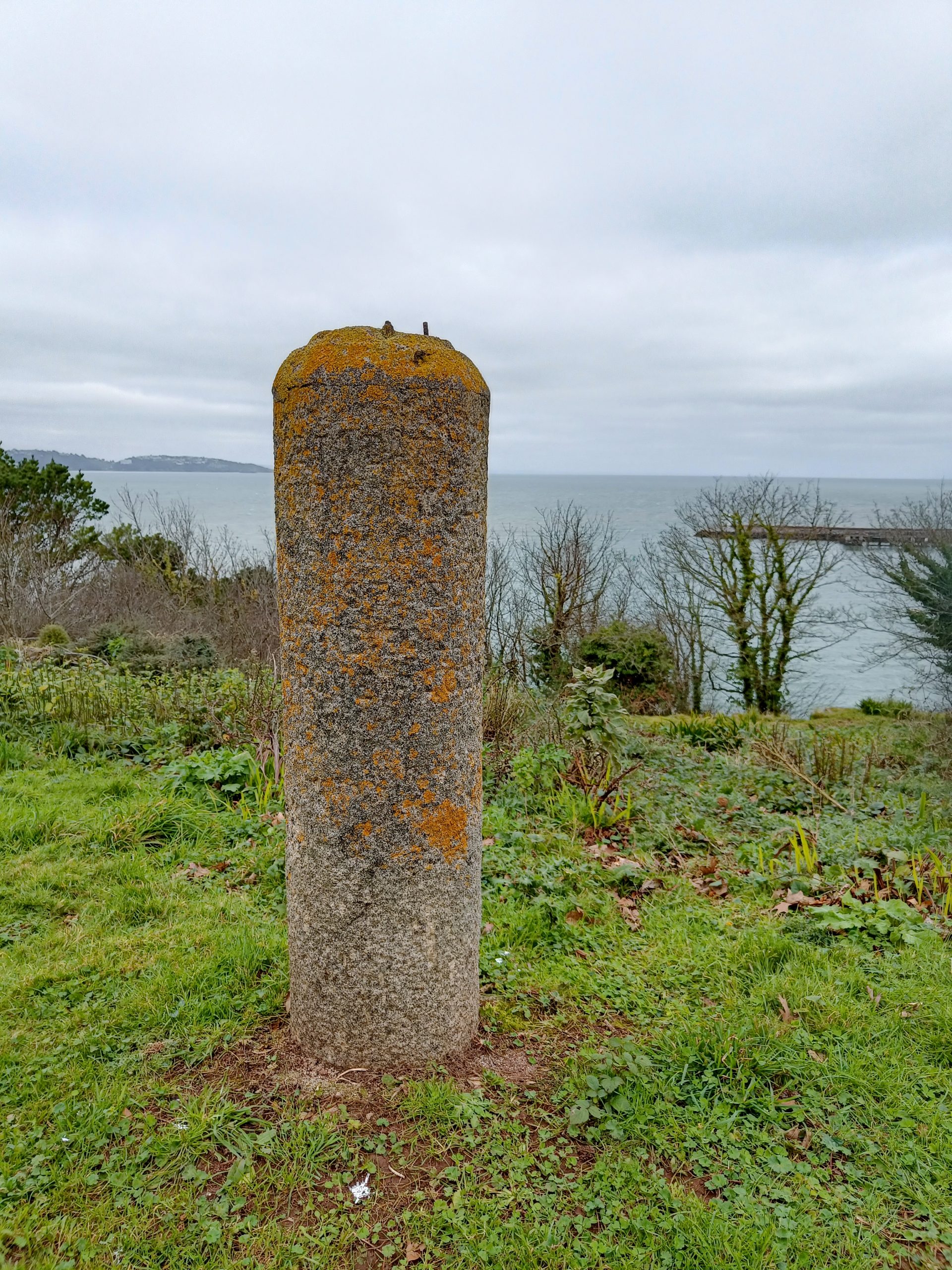
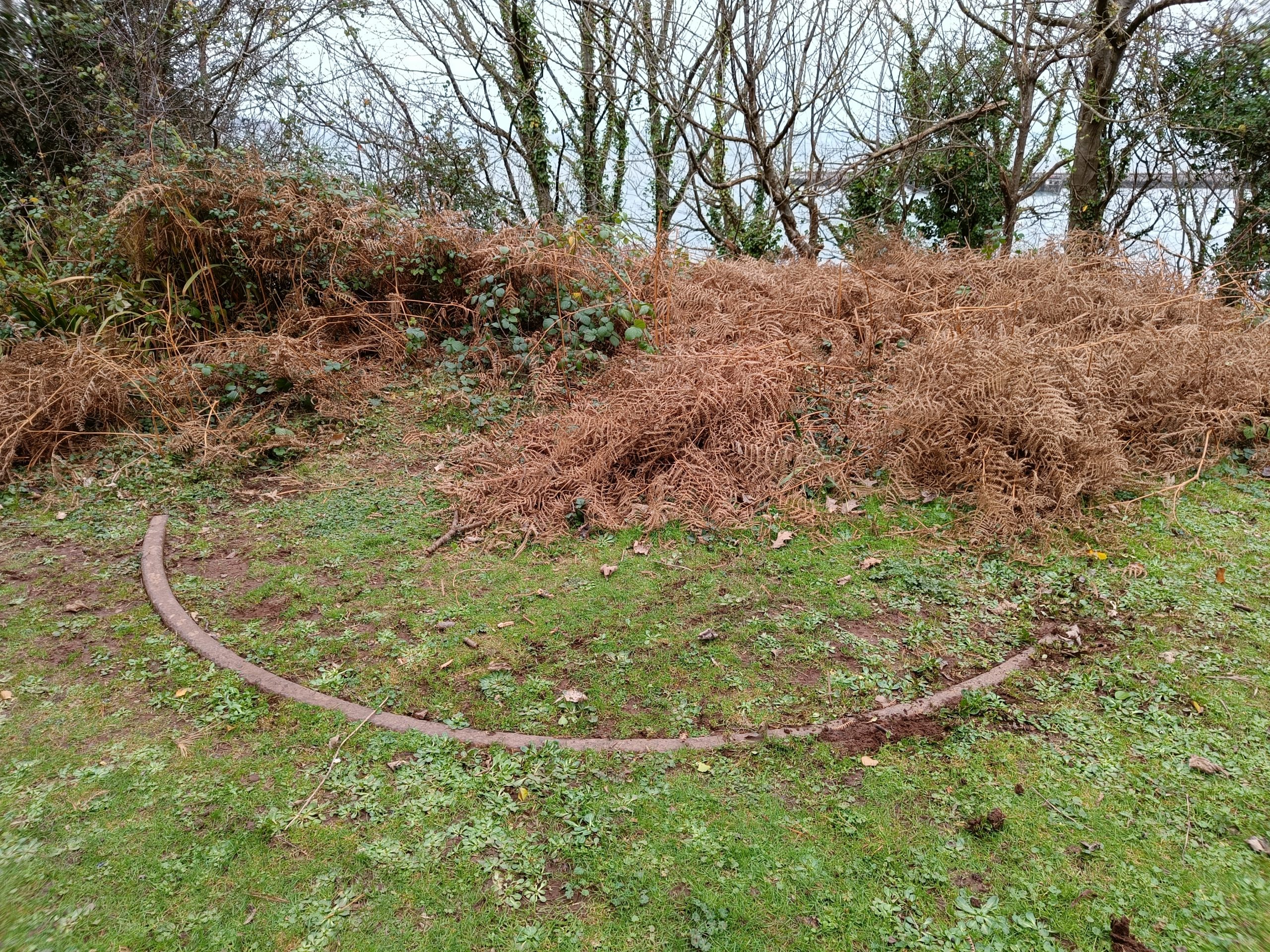
Napoleonic Wars & Victorian Defence
Although the majority of emplacements that exist within Brixham Battery grounds today are from WW2, the 19th-century stone altitude marker (Fig. 1) and iron cannon racers (Fig. 2) still remain. In an 1803 map, the site is marked as Fishcombe Battery. In later Victorian maps, we can see marked various War Department stones (W/I\D) and some small buildings on the site.
Upon closer inspection, we can see there are inscriptions upon the pillar:
Line 1 – RANGE TO DATUM POINT 1100 Yds
Line 2 – DOOR ON MOLE
Line 5 – RISE AND FALL OF THE TIDE 10 Ft
Line 6 – HT ABOVE RACERS 32 Ft
Line 1: This information would be needed to calibrate the range finder.
Lines 2 and 3: The information is incomplete and so the relevance is lost. However they probably referred to bearings so that the means of obtaining the bearing to a target, possibly a bearing ring on top of the pillar, could be calibrated.
Lines 4, 5 & 6: Needed to calculate the elevation the gun would be required to be set at to achieve the range to the target.
The battery was still a military station in a report of 2 June 1862 and was manned by the 11th Devon Artillery Volunteers, Royal Garrison Artillery.
In a naval return of 13 March 1891, there had reportedly been a 64 pounder muzzle loading rifled cannon at Furzham on 1 April 1889. This was mounted on gun racers about where number five gun had been eighty years before. In 1889, the observer would have controlled the gun from alongside the altitude marker. The permanent information on the pillar would save each practising unit from having to work it out themselves, and would enable firing results to be compared on a standard basis.
World War 2
All that can be seen today was built between June and September 1940; immediately following the defeat and evacuation of the British Expeditionary Force from Dunkirk after the fall of France.
In total, 158 Emergency Batteries were built along the coast stretching from Scotland all the way around along the south coast, up the Bristol Channel and as far as Milford Haven. Of the 116 Emergency Batteries built in 1940 between John O’Groats and Lands End, only 7 remain. Of these, Brixham Battery is the most complete. English Heritage surveyed the whole site and it is now a scheduled monument.
The role of Brixham’s emergency coastal battery was to defend against the expected invasion by enemy forces in occupied France. Brixham’s Battery was in operation with a similar battery at Corbyn Head, Torquay. Between them, they defended possible landing beaches like Torre Abbey Sands, Livermead, Hollicombe, Preston, Paignton, Goodrington, Broadsands and Elbury Cove. Corbyn Head Battery covered most the bay while Brixham could cover right out in to parts of Lyme Bay.
“Battery” is a military term used to describe a number of artillery weapons and the soldiers who operate them. The WW2 coast and defence batteries had two main guns, anti-aircraft weapons and, in the case of Brixham, extra harbour defence guns.
During WW2, a total of about one hundred officers and soldiers manned the Battery. The site was manned initially by the Royal Artillery 362 Battery 18 CA GP Regiment, becoming 362 Battery 556 Regiment in 1941 and 378 Battery 556 Regiment in 1942. The Royal Artillery was strongly supported by local men transferred from ‘D’ Company (10th Torbay) Battalion Devonshire Home Guard. Trained in all the functions of the Battery and being able to man it on their own if the occasion arose, the crews became very efficient and were often commended by the Brigadier Royal Artillery Southern Command and Commander of Coast Artillery South West District.
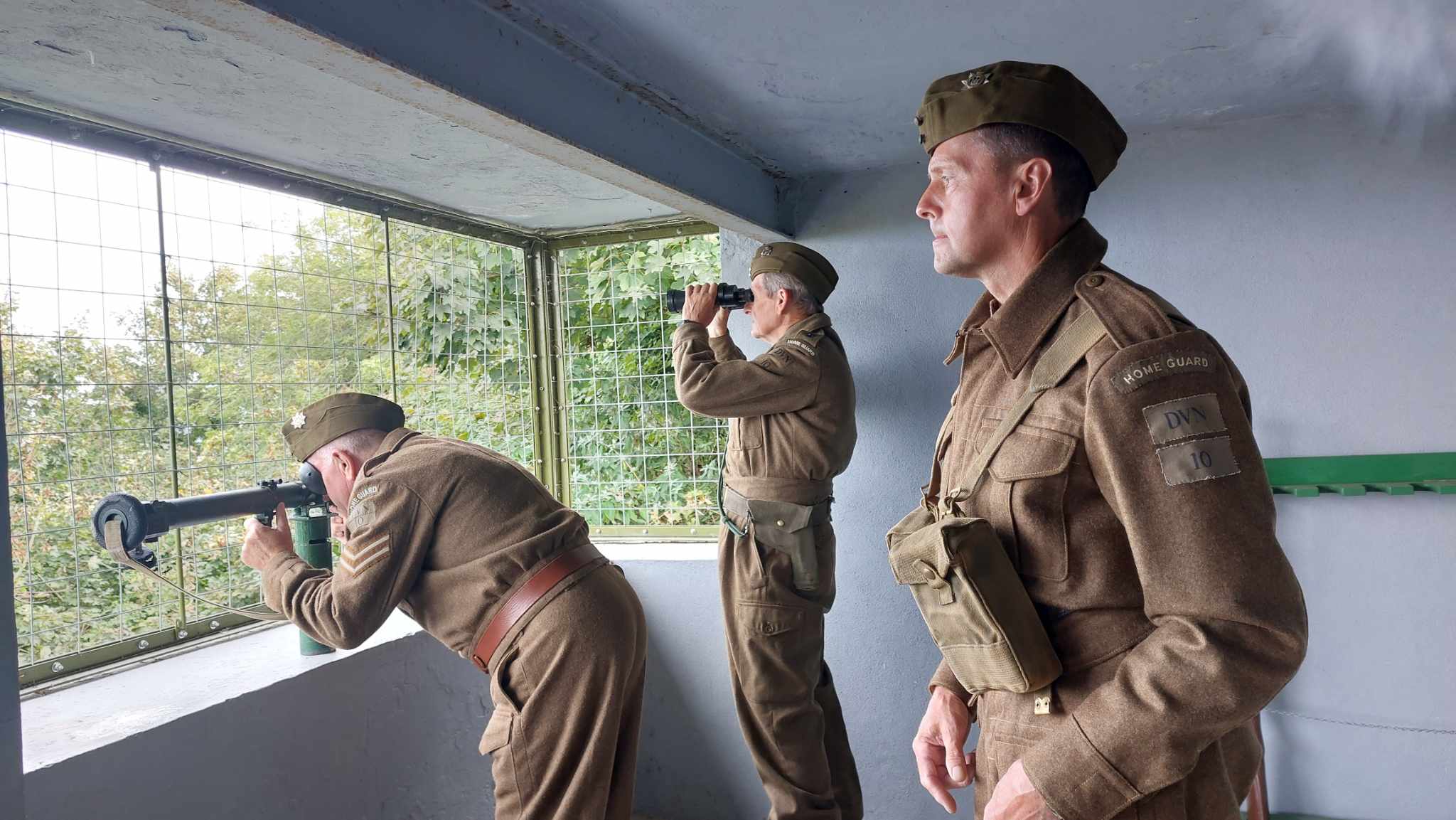
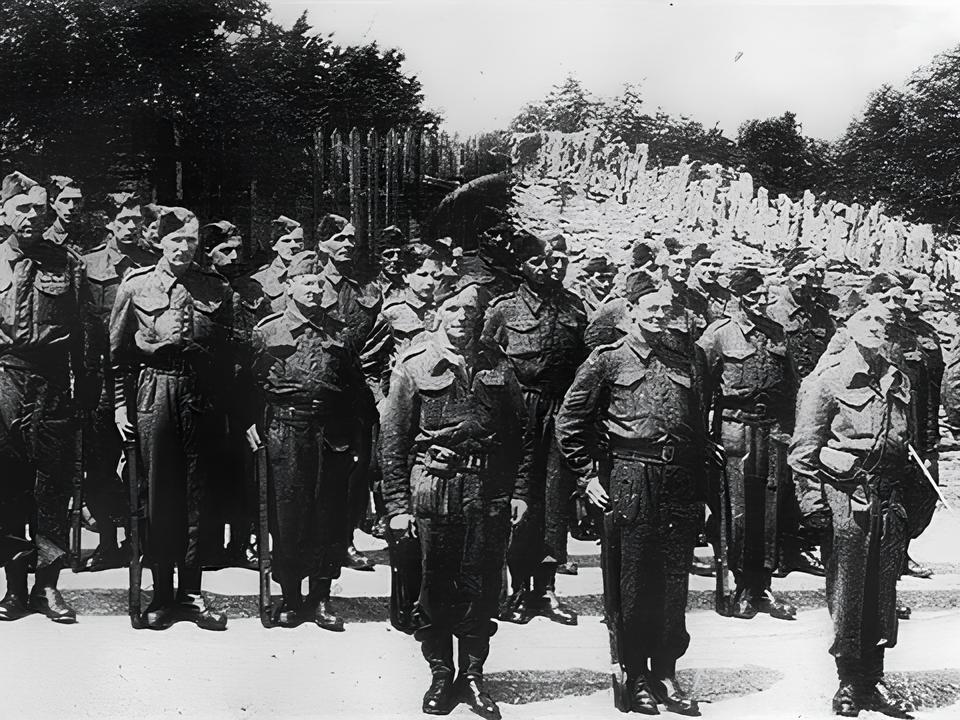
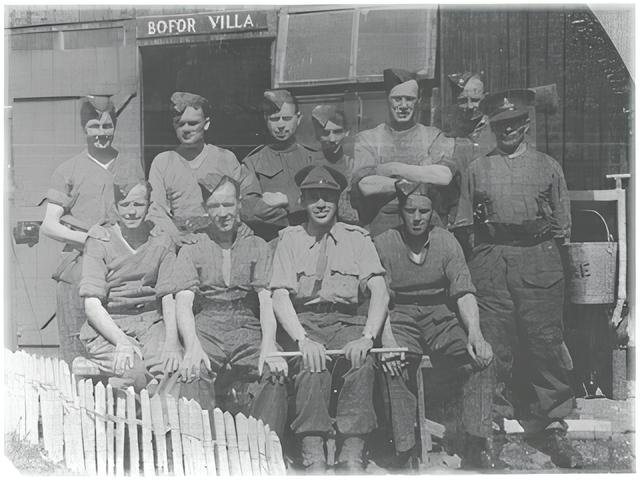
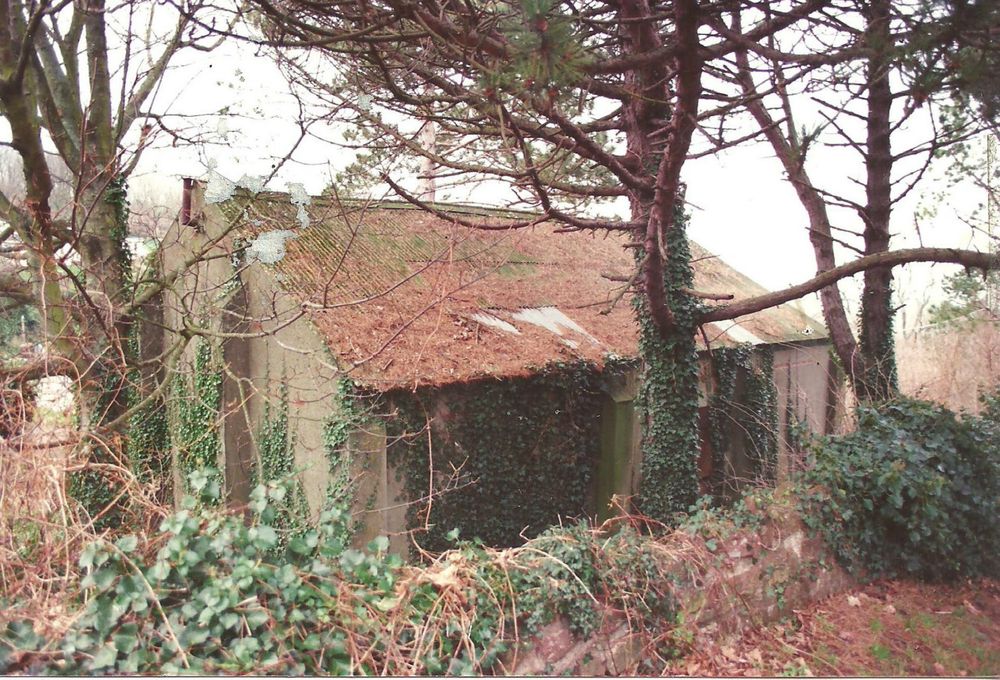
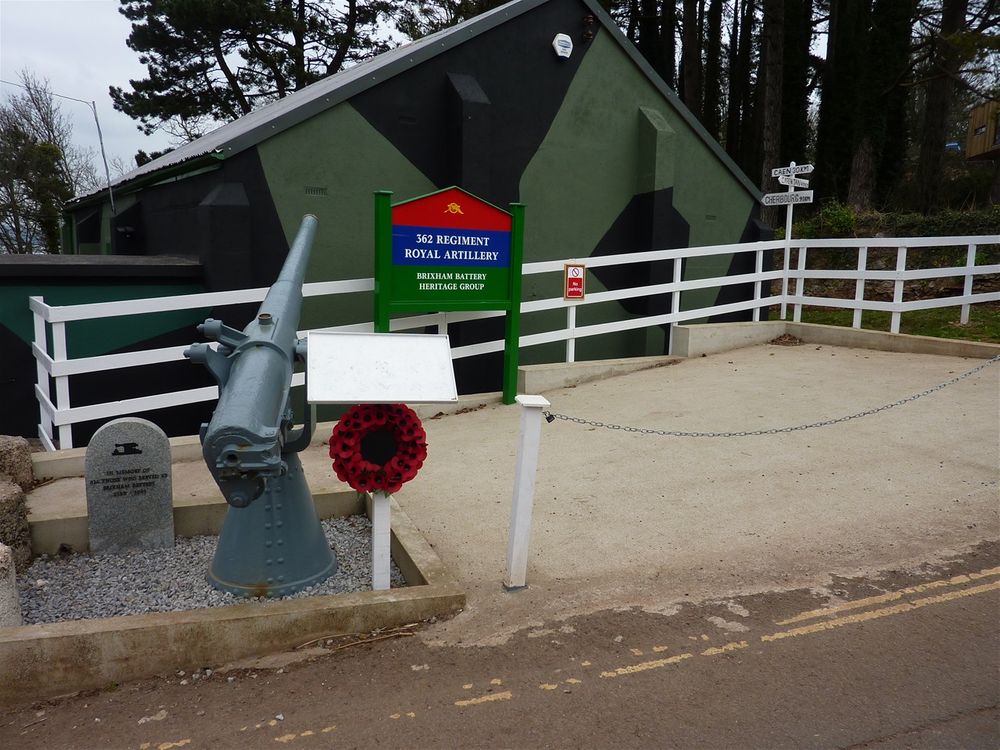
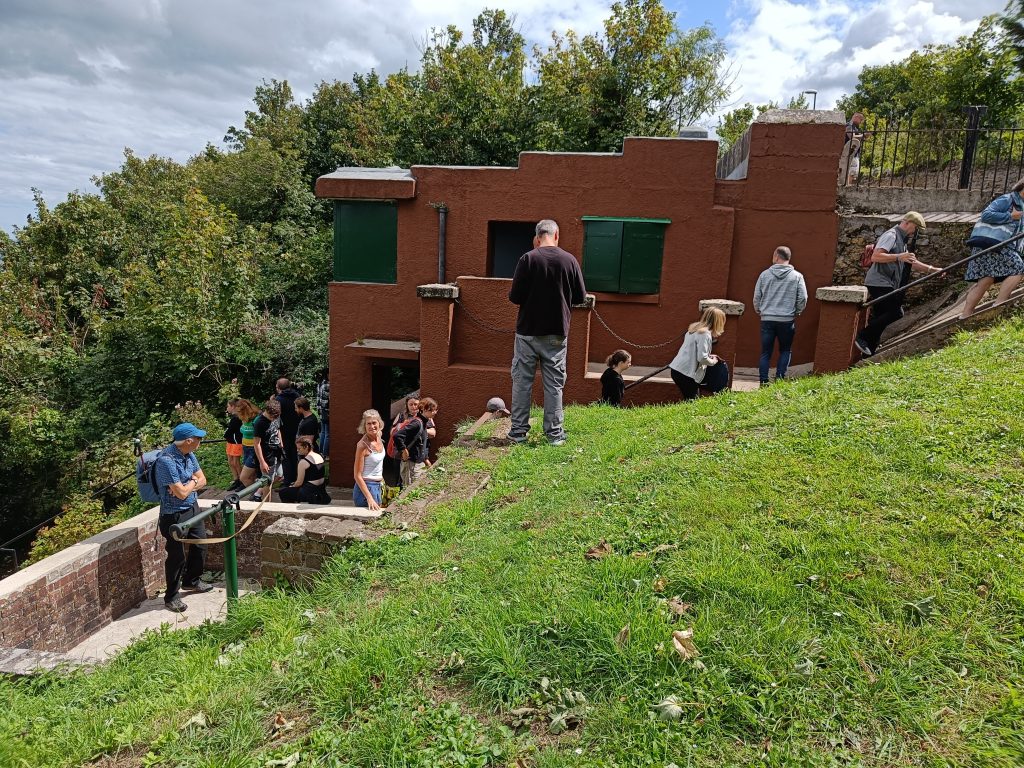
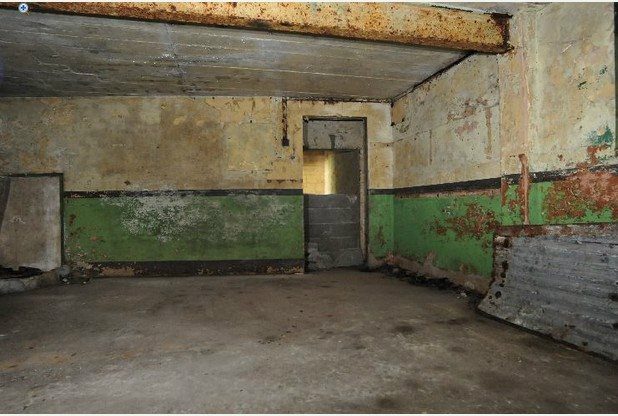

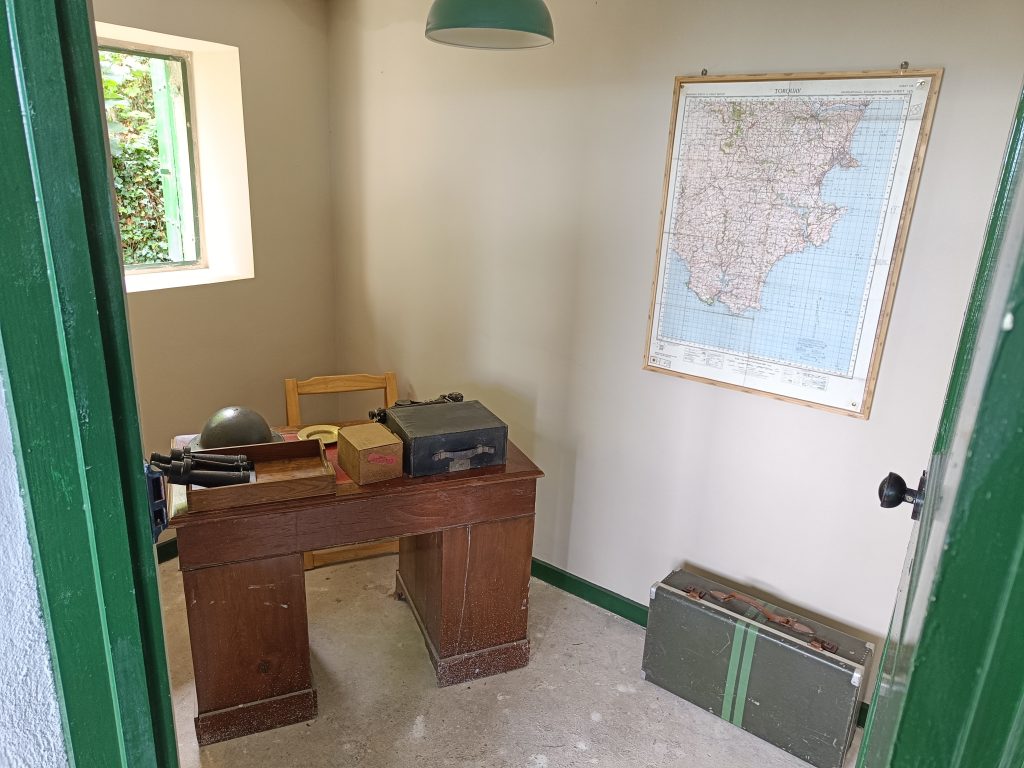

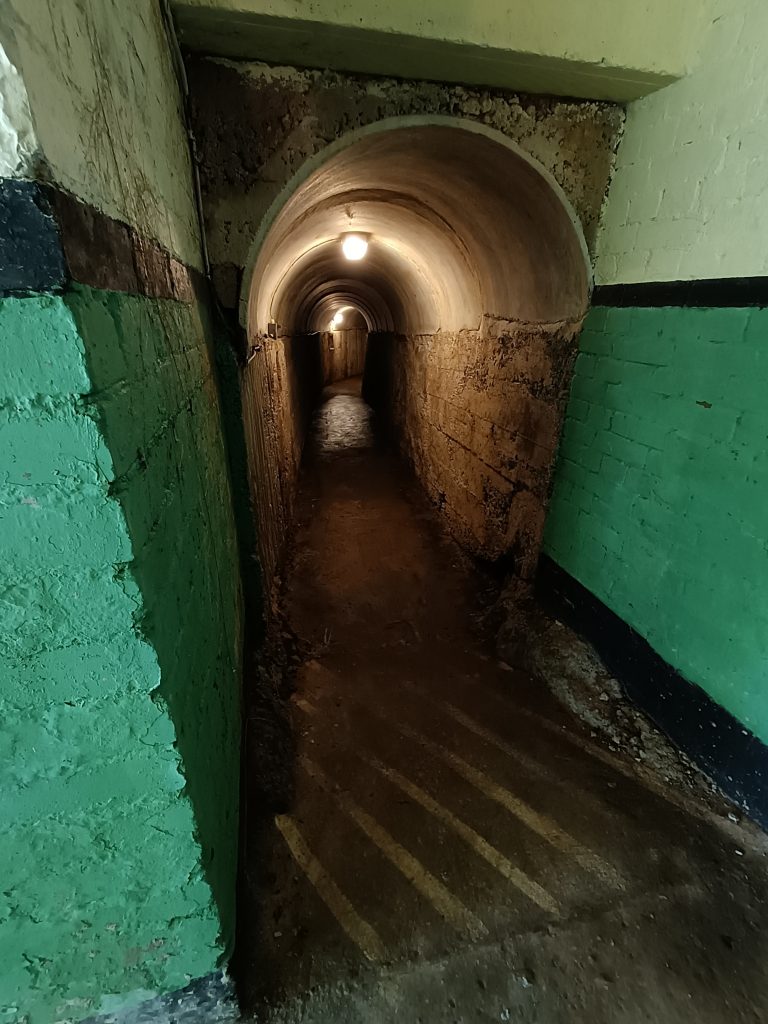
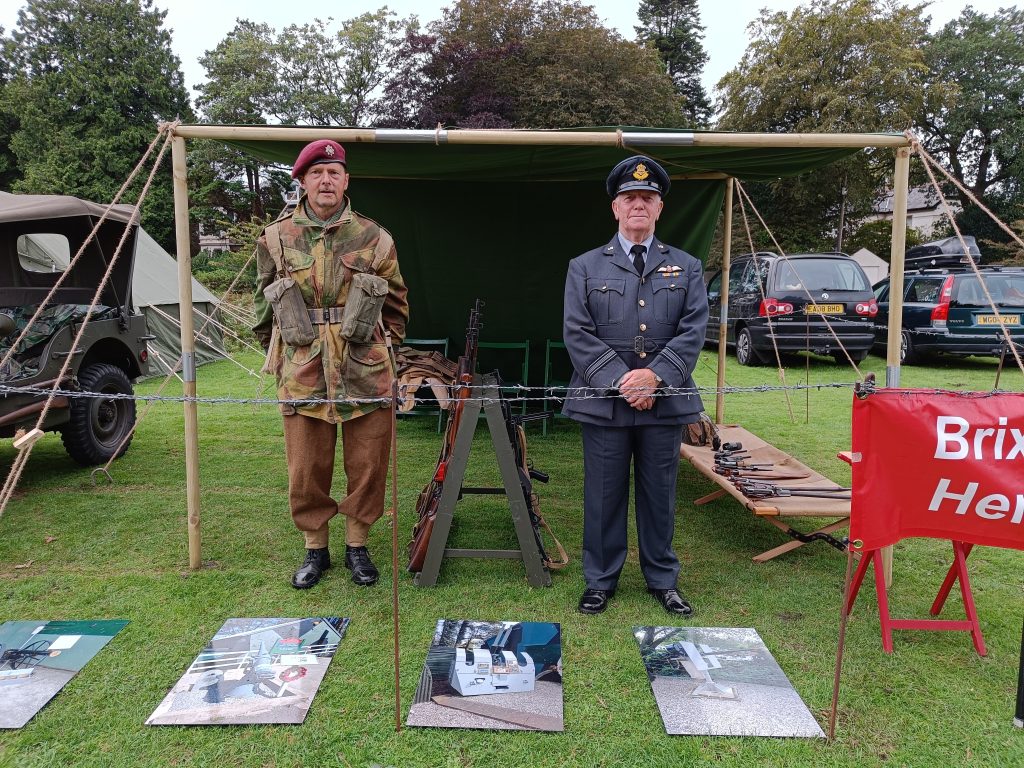
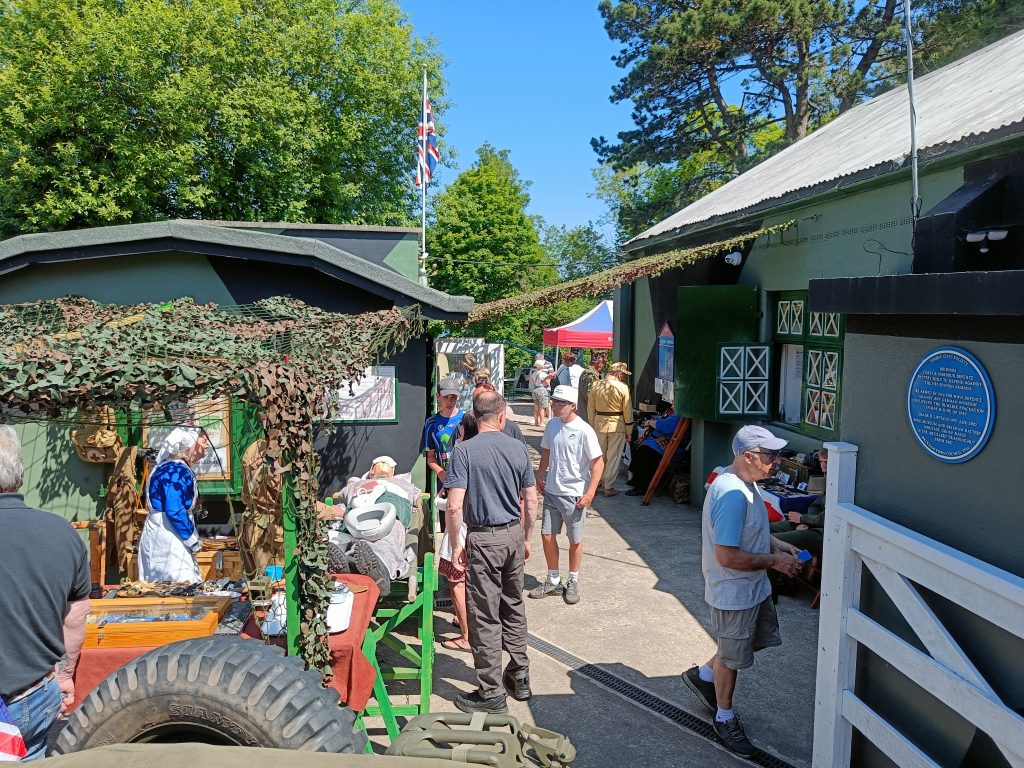

The Brixham Battery Heritage Group
The Brixham Battery Heritage Group was founded in 1999, four years after the project was first started in 1995.
The idea of using the ATS hut (Artillery Training School) as a Museum was in conceived 1994 when viewing the now disused hut that was being used by Torbay Council workers to store their tools. The hut was in a bad state of repair and grounds were overgrown. In early 1995 a small group was founded to try to raise awareness of the site.
During this time, Ex-Home Guardsman Ron Coleman was working on trying to save the Battery Gardens site and published his own book about the site. The group arranged a planning meeting with Torbay Council on the 8th of August 1996, where with various reports, plans and the Council legal department we discussed a lease for the ATS hut to use as a Museum.
The first committee in was formed in 1999 and on the 30th of March 2002, Councillor Bob Pudner, then Mayor of Torquay, cut the tape to officialy open the heritage centre.
Until his passing in February 2006, the group was proud to have a veteran home guard sergeant Ron Coleman, who manned the Battery with others during the WW2, as their Secretary.
As a registered charity, the Heritage Group has been generously awarded various grants and relies heavily on donations from visitors. Another way of receiving funds is through organised school visits and also visiting other heritage sites where we host WW2 displays.
We became a Registered Charity (No. 1082171) in 1999. None of this would have happened without the dedication of the founder members.
We would like to thank everyone connected to the Battery both past and present. This is only a brief history of our group. Records and photographs are kept on site and visitors are more then welcome to come along and browse through them.
You can learn more about the site as it is today by clicking here